In the industrial manufacturing sector, hinges play a pivotal role. These small but mighty components can determine a product’s longevity, efficiency, and even its aesthetic appeal. And while functionality reigns supreme, have you ever pondered about the impact of hinge colors in this context?
From subtle silvers to bold blacks, the choice of hinge coloration can influence not just aesthetics but also the perceived value, durability, and even usability of a device or machinery.
Dive with us into this colorful journey and discover the untapped potential behind hinge colors in industrial manufacturing.
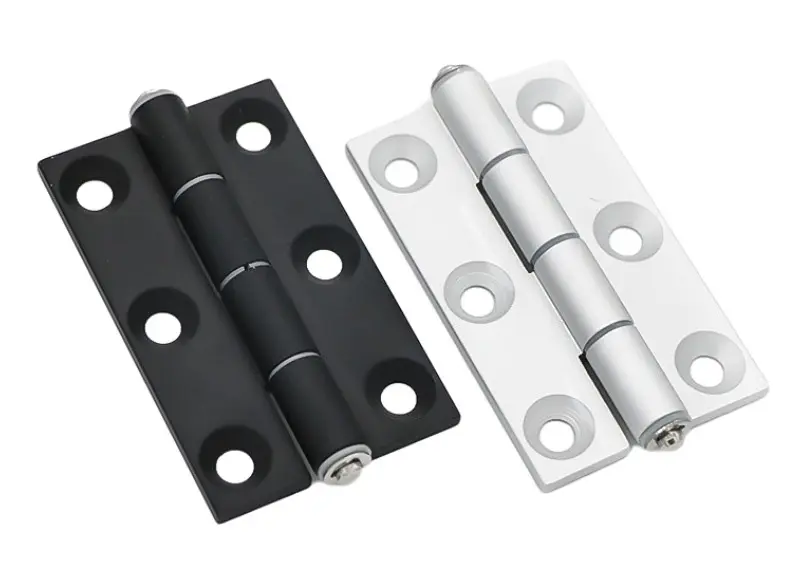
Why do manufacturers consider hinge color?
Imagine walking into a store and seeing two similar devices. One has a muted, metallic hinge and the other a bright, colorful one. Which catches your eye first? Color plays a psychological role. In the industrial sector, a hinge color can serve as a differentiator, giving a unique identity to a product or making it stand out amidst competitors.
Does hinge color correlate with material strength?
Many might assume that a hinge’s color reveals its strength or material type. While sometimes this is true, it’s not a definitive rule. In industrial manufacturing, hinges can be coated or treated to exhibit different colors without altering their intrinsic properties. Thus, a colorful hinge might be just as robust as its metallic counterpart.
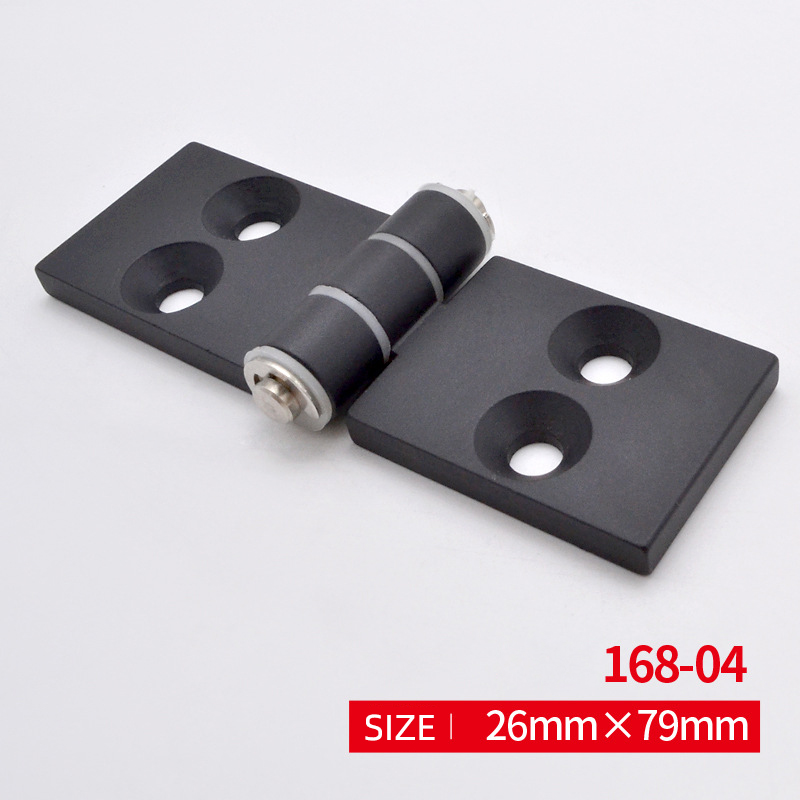
How can color-coded hinges aid in operational efficiency?
Color-coding isn’t a novel concept. It’s been used in various sectors for clarity and swift decision-making. When applied to hinges in manufacturing settings, color-coding can simplify assembly processes, indicate specific functionalities, or even warn operators about temperature thresholds or operational statuses.
What role does branding play in hinge color selection?
Branding isn’t just about logos or taglines. Every component, including hinges, can be a branding instrument. For large machinery or equipment where branding opportunities are limited, uniquely colored hinges can serve as a subtle yet impactful brand identifier, ensuring a consistent and cohesive brand experience.
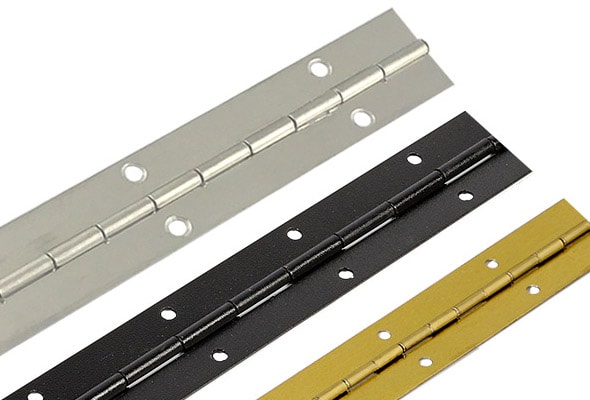
How does hinge color affect perceived value?
Perception is a powerful tool. The same product, when presented with different hinge colors, can elicit varied perceptions of its value. High-end or luxury machinery might employ gold or bronze-toned hinges, giving an air of opulence. Conversely, utilitarian products might stick to basic hues, emphasizing functionality over form.
Are there environmental considerations for hinge colors?
Colors aren’t just for visual appeal. They can have practical implications, especially in relation to temperature. Light-colored hinges can reflect more sunlight, reducing heat absorption in outdoor settings. On the flip side, darker hues might be preferred in colder environments, assisting in heat retention.
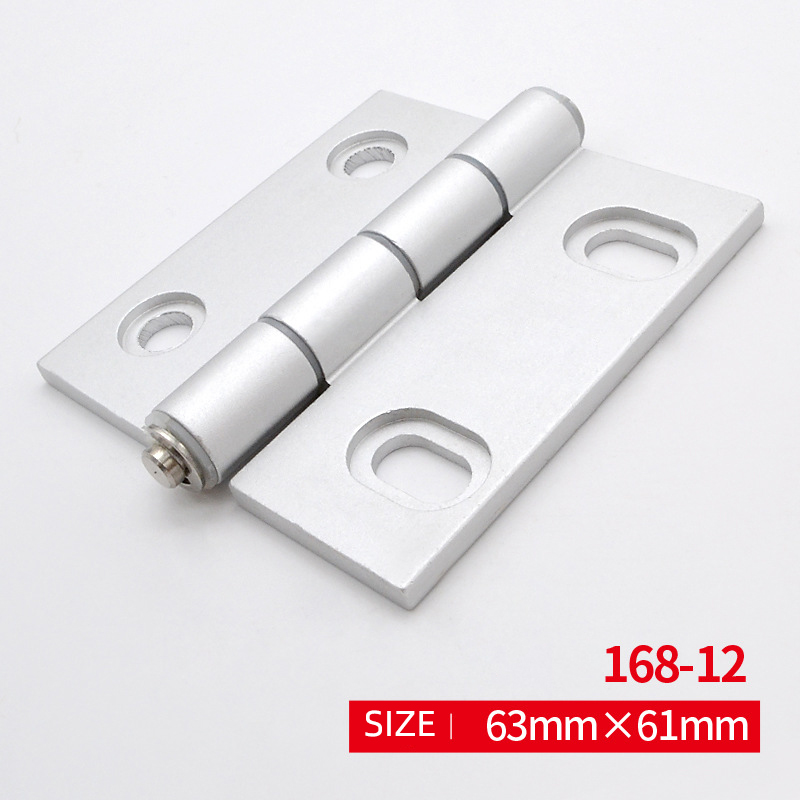
Does hinge color influence maintenance visibility?
Maintaining industrial machinery is crucial for longevity and efficient operation. Often, wear and tear or the onset of rust can go unnoticed. Opting for lighter or contrasting hinge colors can make any such irregularities instantly visible, prompting timely maintenance and avoiding potential downtimes.
How do regulations and standards influence hinge color?
The industrial manufacturing sector is often governed by stringent regulations. Sometimes, these extend to the minutiae, like hinge colors. In certain industries, specific hinge colors might be mandated for safety or operational reasons, ensuring uniformity and adherence to set standards.

What colors are used for different hinges?
Industrial hinges can be made from a variety of materials, each offering its own set of advantages in terms of strength, durability, and corrosion resistance. The choice of finish or color often correlates with the material’s inherent properties and the specific application’s requirements. Here’s a list of common materials used for industrial hinges, along with suitable colors or finishes:
-
Stainless Steel
- Finishes/Colors: Natural silver, brushed, polished, matte.
- Notes: Stainless steel hinges are highly resistant to corrosion, making them ideal for environments where they might be exposed to moisture or chemicals.
-
Brass
- Finishes/Colors: Natural brass, polished, antique, satin, lacquered.
- Notes: Brass hinges offer a mix of strength and aesthetic appeal. They can be left unlacquered to develop a natural patina over time.
-
Steel
- Finishes/Colors: Galvanized (silver-gray), powder-coated (in a range of colors), zinc-plated (silver with a hint of blue).
- Notes: Steel hinges can be treated with a variety of finishes to increase their corrosion resistance.
-
Aluminum
- Finishes/Colors: Anodized (silver, black, gold, bronze, or other colors), powder-coated, natural aluminum.
- Notes: Aluminum hinges are lightweight and resistant to rust, making them suitable for both indoor and outdoor applications.
-
Bronze
- Finishes/Colors: Oil-rubbed, aged, natural bronze, polished.
- Notes: Bronze hinges are sturdy and corrosion-resistant, making them ideal for doors or applications where a combination of durability and aesthetics is required.
-
Zinc Alloy (Zamak)
- Finishes/Colors: Chrome-plated, nickel-plated, antique finishes, powder-coated.
- Notes: Zinc alloy hinges are versatile and can be finished in a variety of ways to mimic the look of more expensive materials.
-
Plastic or Nylon
- Finishes/Colors: Natural color of the plastic (can range from white, black to translucent) or dyed in various colors.
- Notes: Plastic or nylon hinges are corrosion-resistant and offer electrical and thermal insulation. They’re typically used in environments where metal hinges might not be suitable.
-
Composite Materials
- Finishes/Colors: Depending on the composite material used, it can be colored throughout the material or finished with a protective layer.
- Notes: Composite hinges are often developed for specific applications that require a blend of properties, such as strength, flexibility, and resistance to environmental factors.
Choosing the right color or finish for an industrial hinge is as much about aesthetics as it is about functionality. Factors like corrosion resistance, visibility for maintenance, and thermal properties can all influence the choice of finish or color.
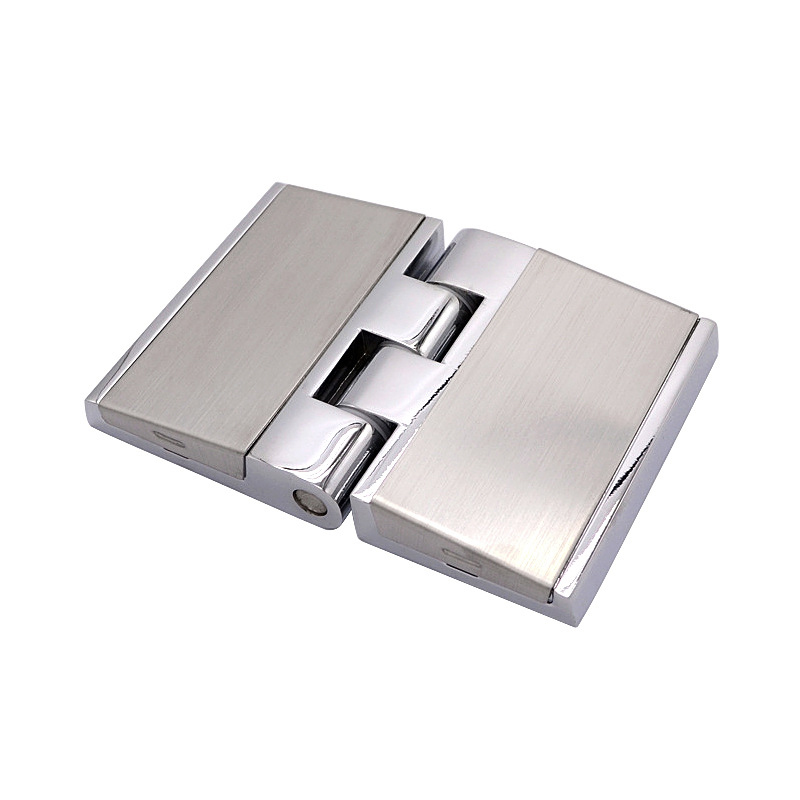
Conclusion
Hinge colors in industrial manufacturing are not a mere afterthought. They carry significance in branding, operational efficiency, safety, and even the perceived value of machinery. While often overlooked, the spectrum of hinge colors holds the potential to revolutionize how we perceive and operate in the industrial realm. The next time you encounter a hinge, perhaps you’ll see it in a different light.
You might also be interested:




